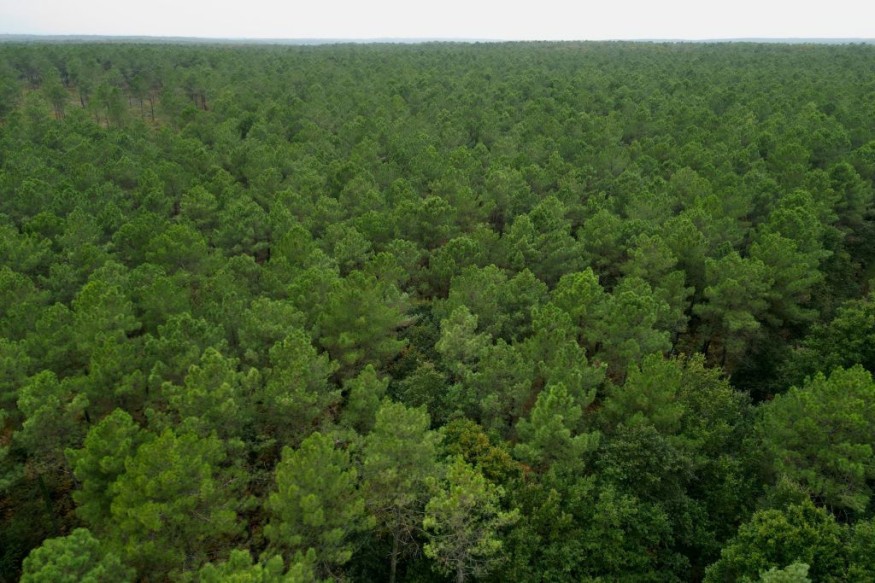The latest research found that plants could talk to other neighbor plants, especially showing danger cues when they are wounded. They can also communicate when there is a threat of any herbivore attacks.
Plants play a crucial role in the ecosystem and environment, helping to improve air quality and providing essential food sources to communities. They are also helpful in fighting climate change and the rapid rise of temperatures.
However, plants are also threatened by different factors, such as the following:
- Habitat loss
- Deforestation
- Climate change
- Extreme weather events
- Predator attacks
As a result, researchers observed how the plants could respond to dangerous situations, particularly by communicating with other injured plants. The natural enemies can be challenging for many plant species, but some have managed to thrive despite living in challenging situations.
Plants Respond To Danger Cues

In the study, researchers were studying the cues of plant species in challenging situations. The research findings were published in the Nature Communications journal, looking into the species' multiple protective effects.
Molecular biologists, Yuri Aratani and Takuya Uemura from Japan's Saitama University, studied the plant's defense and communication mechanism by looking into the emitted compounds.
According to experts, plants have natural airborne compounds that help them talk with one another, especially in dangerous situations like herbivore attacks. The compounds will allow them to fight and prevent predators.
To better understand the plants' airborne compounds, the researchers employed a fluorescence microscope to observe the plant responses. The report analyzed the responses of tomato plants (Arabidopsis thaliana) on caterpillars.
Moving Leaves to Avoid Predators And Warning Message
Amazingly, it revealed that the other Arabidopsis plant responded to the danger cues. The unwounded plants received cues from the injured plants.
Furthermore, the researchers unearthed the cells involved in the first plant dangers, showing the role of guard cells in the process by unleashing calcium signals to prevent attacks. In using fluorescence imaging, the researcher discovered how the plant species responded when they were exposed to the plant chemicals. For instance, the Mimosa pudica plants could protect themselves by moving their leaves away from predators.
When they were analyzed, the two calcium signals that help are the Z-3-HAL and E-2-HAL.
According to molecular biologist, Masatsugu Toyota, the study showed ways in which plants could inform warning messages to other nearby plants. Toyota is also a senior author of the research and from the Saitama University in Japan.
The study can help future researchers study plant communication cues, particularly in dangerous situations. It can provide new insights for mitigation efforts in protecting plants from threats of diseases, climate change and predation.
Related Article : US Forests Face Declining Productivity and Carbon Sequestration Under Climate Change
For more similar, don't forget to follow Nature World News
© 2025 NatureWorldNews.com All rights reserved. Do not reproduce without permission.




